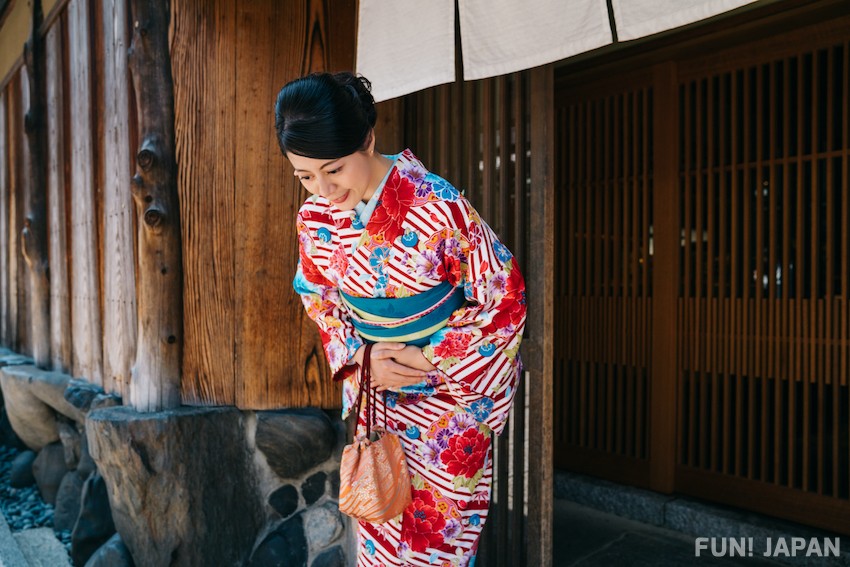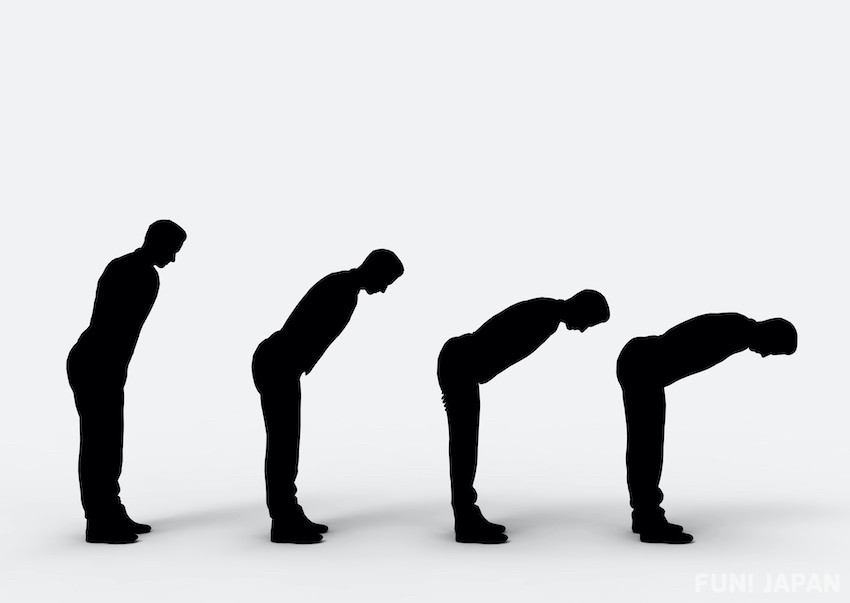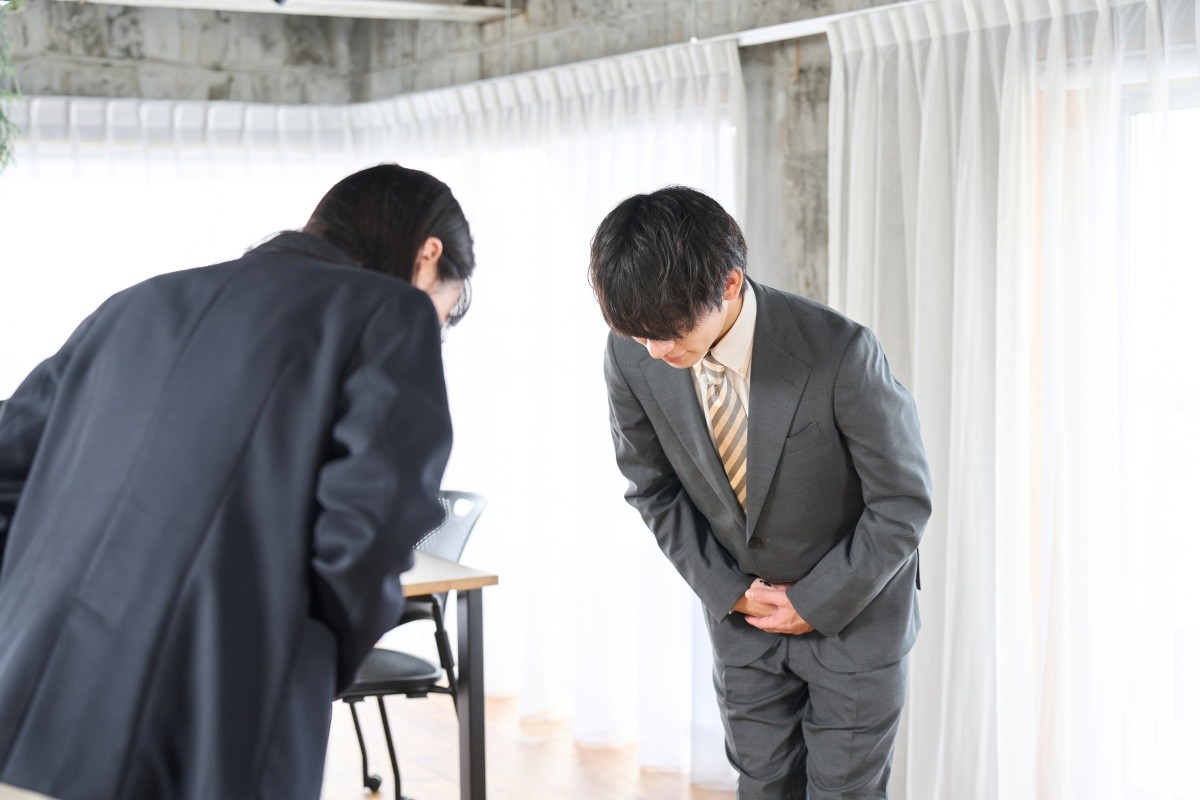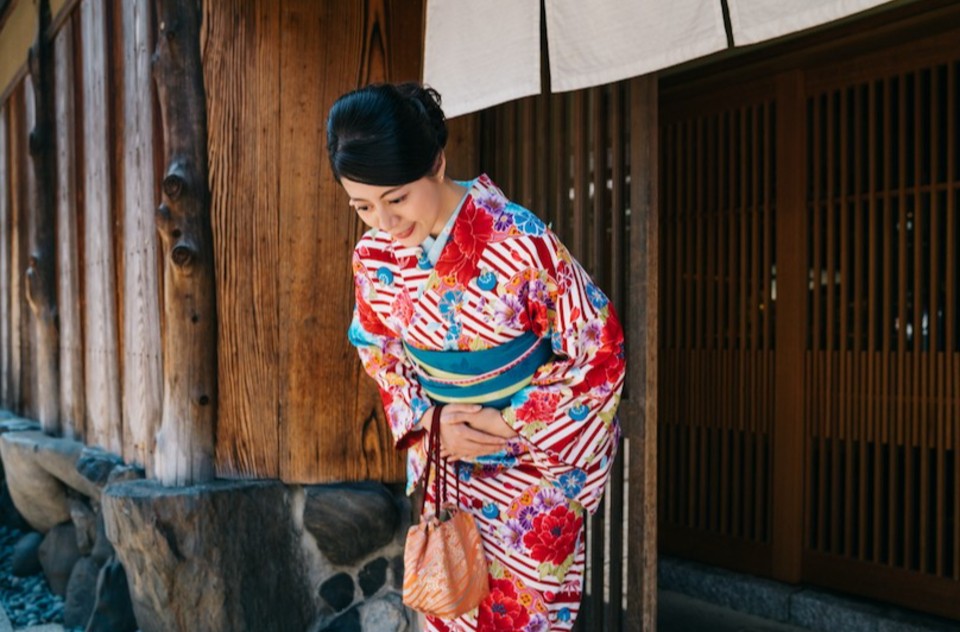
When Japanese greet each other, they do not shake hands, instead they lean forward without touching the skin of the other person. This method, whilst also thinking about social distancing, should be quite effective in the prevention of the spread of the coronavirus. Let's take a look at the origin, culture, and proper methods of bowing in this article!
What is bowing?
Bowing is, to put it simply, to lower both your head and back before another person as a show of respect or social greeting. It is a culture found throughout Asia as well as royalty within some European countries.
The origin of bowing
The origin of bowing can be found from the Asuka period (550-710 CE) to the Nara period (710-794 CE) and was taken into Japan from China where it originated as common etiquette.
It is said that originally, lowering one's neck before a person was a sign of nonresistance. This found it's way into Japanese culture and eventually became a show of social status.
What types of bowing are there?

A lot of people believe the culture of bowing to simply be lowering your body towards another person. However, the truth is far from this simple. There are many different types of bowing, which are commonly separated into 3 different groups.
Slight bow
This method is typically used for greetings both in the morning and evening, when passing by someone, or greeting a client. It is a slight bow.
The method is to tilt your body from the waist around 15 degrees forward. Your gaze should be about 3m in front of you.
Bow
This bow doubles the degrees of the previous and has you straightening your spine and bending forward around 30 degrees from the waist. Your gaze should be just in front of where your feet stand. This method is a little more respectful than the previous, and can be used in situations such as when talking to clients or your boss.
Respectful bow
The respectful bow has you ensuring your back is straight and you are at a 45 degree angle bending from your waist, this is the deepest bow of the three. This bow is most commonly used during times when you are apologizing, thanking someone deeply, and are interacting with a very important client or customer. This can also be used when praying to god, or when you are before someone you deeply respect.
Things NOT to do when bowing

There are times when you can do things wrong when bowing, so make sure you pay attention to these things.
Below is a list of various things NOT to do when bowing.
Bowing when seated
If the other person is standing, and you are currently seated, you should stop what you are doing, and prioritize the other person. Stand up straight, and with proper posture, bow.
A bow from the neck
Bowing from the neck without moving your waist is considered rude.
Bowing only your waist
If you only bow your waist and don't lower your head, it can be seen a little scary so please be careful.
Bowing at 90 degrees
Don't bend your waist too much. There is a high chance that this can make the person you're bowing to feel uncomfortable.
Don't bow and greet at the same time
We do not recommend bowing and greeting someone at the same time (Especially during a bow or respectful bow). The correct way to go about this, is to greet someone first (for example, "good morning") and then bow.
Do not nod your head when bowing
If you bow multiple times or not your head when bowing, it will not be seen as serious. The correct method is to bow once.
How did you find this article? When coming to Japan and staying at Japanese hotels, or maybe working at a Japanese company, hopefully knowing the above will help you integrate yourself into Japanese society.

Comments